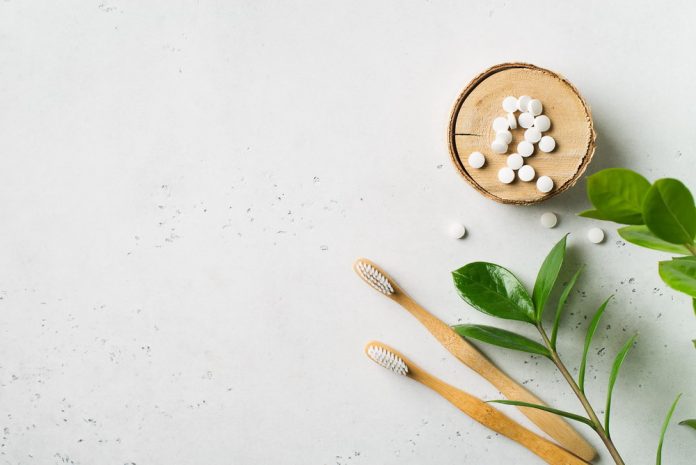Traditionally, self-care consisted of things like relaxing bubble baths, high-end face masks, and those perfect Instagram pictures with cucumber slices and ridiculously overpriced treatments. They set the benchmark for indulgence. Fast forward, and a quiet revolution has nudged the definition of self-care into a smarter, more grounded space. The latest chapter is all about habits that stick and quietly, cumulatively, lift the quality of everyday life.
What’s Out: Expensive Quick Fixes
The allure of the miracle buy is dimming. The habit of sinking hundreds of dollars into potion-like creams that claim to reverse time is being replaced by a more patient, savvy consumer. Brands that once dazzled with flashy promises and price tags heftier than a monthly phone bill are hearing the quiet thud of indifference.
Multistep rituals are also clocking out. The average life now doesn’t stretch far enough for a sixteen-product carousel. Instead, straightforward regimens that slide gracefully into the cracks of a hectic day are earning the medals, and a single reliable cleanser and lotion is more triumphant at noon than a parade of glittering bottles ever was.
The eye-catching trends that once demanded we showcase every kale chip and squat are vanishing. The glow of documenting every wellness moment is dimming, while quieter, more private routines are blooming behind closed doors, no likes required.
What’s In: Practical Daily Habits
What has settled in for good is a handful of everyday habits that actually stick. Sleep has claimed the top spot: sales are up for blackout curtains, weighted blanket brands can’t keep up, and bedtime rituals, once a vague suggestion, are now circled in the daily planner. People get that sharper moods and steadier immune systems start with a long, uninterrupted night.
Good movement is no longer a boot camp with a buzzer. It’s the zoom-call walk, the midday shoulder roll, and the spontaneous dance-off with the fridge. Yesterday’s “burn the carbs” mindset has quietly traded in for “lift the energy” attitude. Instead of staring at a calorie chart, routines now chart joy and momentum.
Therapy apps, breathing drills, and five-minute mood-check bells are no longer tucked behind the wellness curtain; they feel as natural as rinsing a cup. Treating the mind the way we treat a daily toothbrush run is the new standard, no confession required.
Mindful Beauty Meets Planet-Happy Habits
Modern self-care isn’t just about pampering anymore—it’s about healing ourselves and the planet. Today’s shoppers look for products that lift their spirits without dragging the Earth down. The ripple effect is clear, touching everything from the jars on our vanities to the oils we massage into our skin.
According to the people at Ecofam, oral care is capturing fresh attention as the everyday habit we grab without thinking gets the sustainability makeover it deserves. Compostable toothbrushes, sleek refill stations, and floss that disappears without a trace are moving from niche to must-have, making gentler choices feel familiar.
Similar to that trend, eco-friendly beauty practices are becoming increasingly popular. People mix honey and oatmeal from the pantry into masks, reach for washable cotton squares again and again, and scan ingredients in packages that vanish when the product is done. The planet gives a small cheer, and wallets feel that pleasant little sigh, too.
Conclusion
These days self-care means everyday kindness that fits your life, not spa treats that empty your wallet or schedules. Tiny, repeatable choices that match your values and rhythm build the real change that stick, while wild extremes tend to fade. The current model of self-care is low-cost, low-key, and eco-smart. This means everyone can access self-care without extra stress.





